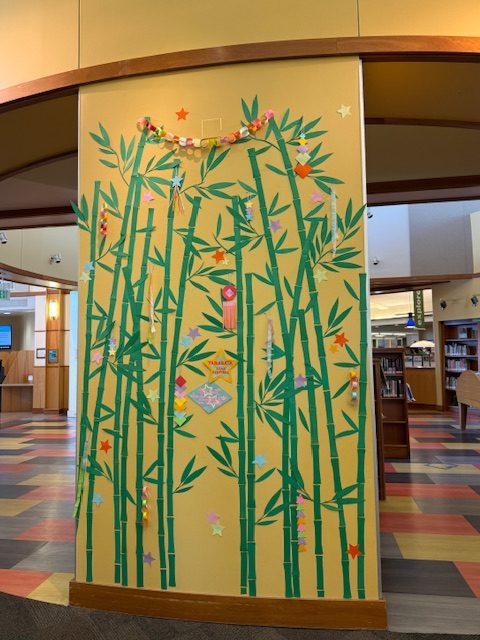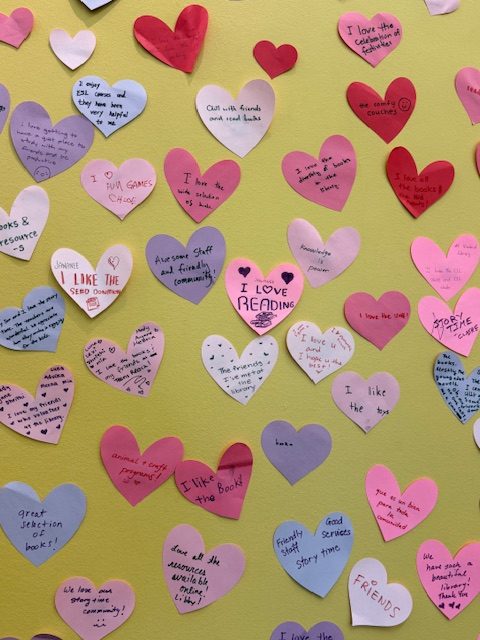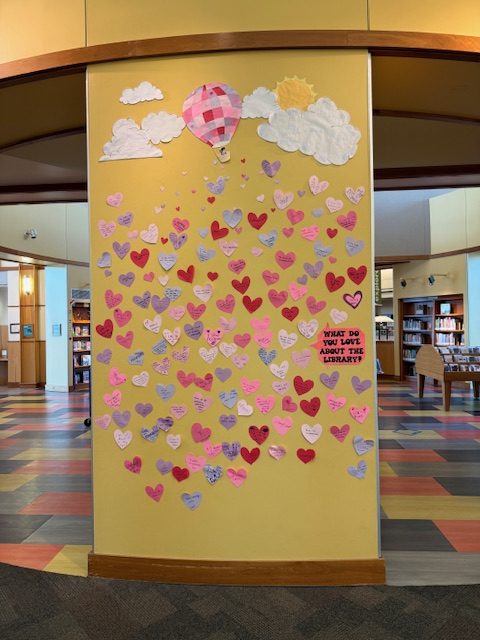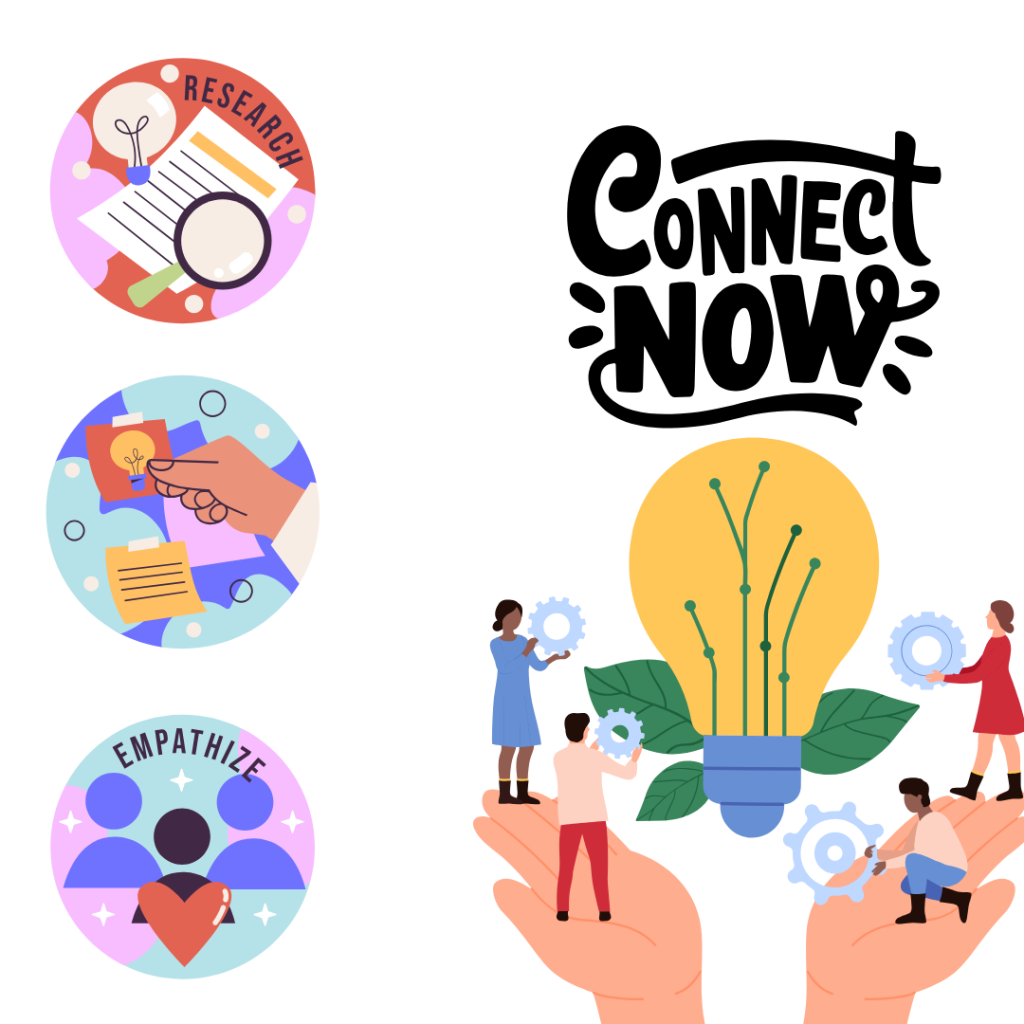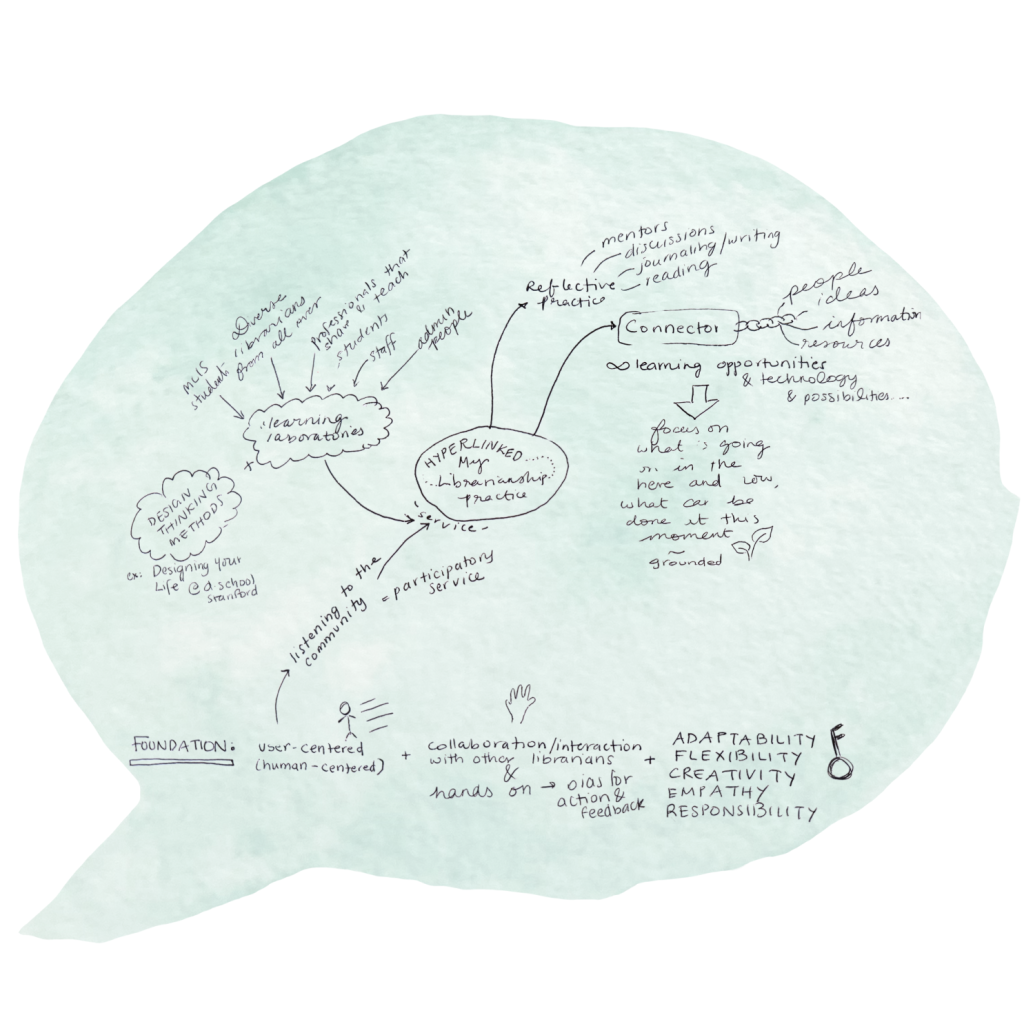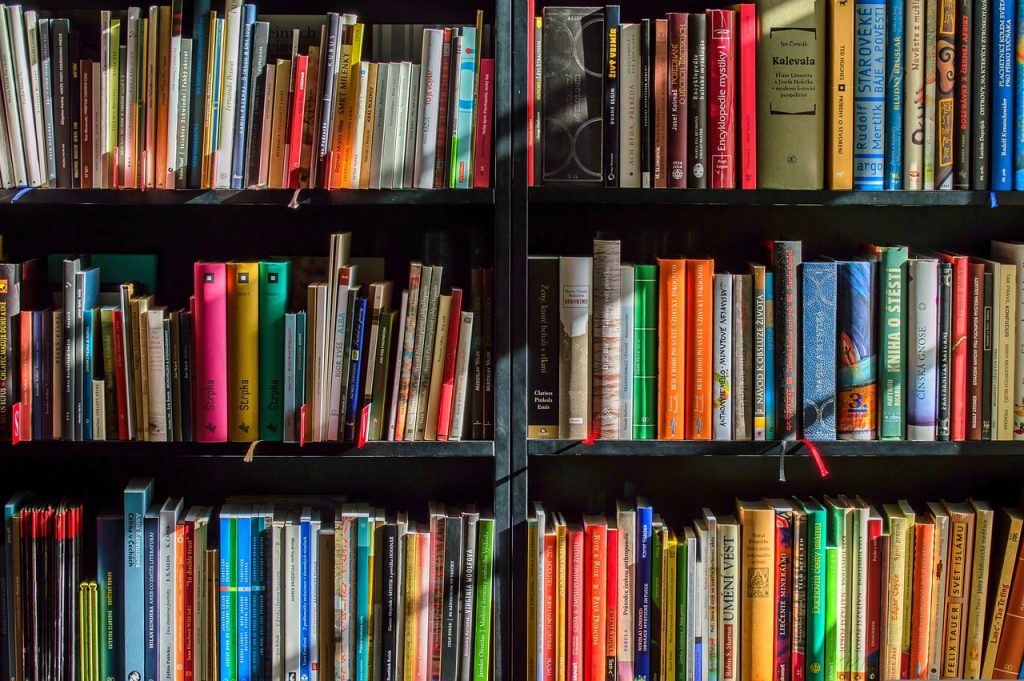
Hello everyone!
My name is Amritha, and I’m about halfway through the MLIS program here at SJSU. I currently work at two public library systems in the Bay Area, and I’m loving it so far. In the public library space, I’ve enjoyed helping users discover new resources, explore outside their comfort zone, find a safe space to be, and make connections. Technology and spaces that people use are always changing and evolving, and I want to have a flexible and adaptable mindset as we navigate these changes. I think this course is a great way to understand how we are changing while still having a strong foundation in user-centered service.
So far my experience has been in public libraries, but I’m also curious about working in an academic setting such as a community college. The library and information science field is so huge, and it’s exciting and overwhelming at the same time, but learning more about information centers and how we can make a direct impact as information professionals is helping me narrow down where I want to be.
A Little About My Journey
I went to Oregon State University (a beautiful, beautiful place). I could never pinpoint my interests in order to confidently pick a career path at the age of 17, so I decided I would listen to my parents and go the safe and practical route of science and engineering.
I really loved science, so I explored a few majors in the science and engineering departments. I jumped from Ecological Engineering, to Biochemistry and Biophysics, to finally settling on Microbiology.
After college, I moved back home to the Bay Area and started my first full time job in a quality assurance laboratory where I tested food products for pathogens like salmonella, e.coli, and other types of bacteria. Three years flew by, and all the while I was trying to figure out what to do next (I may have started talking to the bacteria, I spent so much time in that little lab). I felt restless because I realized that I didn’t want to continue down this path, but I also had no idea what else I could do, and I couldn’t admit that the degree I worked hard and paid for was not actually what I wanted.
At the end of my third year in the lab, I realized I was not aligned with the work culture and changes that were happening. My awesome coworker and lab partner left, my boss (who was also amazing) was leaving, so I resigned. This was also when COVID pandemic happened. There was a lot of fear going around, a lot of time spent alone, and a lot of panic-job searching after thinking I had made a huge mistake quitting my other job.
After some time I interviewed and accepted a job as a food safety auditor for a third party company. It was a job that “sounded good” but I ended up working a lot of hours, driving all day, isolated. During this time, I was still trying to figure out what I really wanted to do. I thought about all the jobs I had done so far and how I wanted to spend my time. Continuing in this pathway gave me that familiar squeeze of dread of forcing myself to fit somewhere I didn’t want to be.
A Lot of Thinking
I knew that it was important for me to be in a respectful workplace, with people who have similar visions and care about the same things that I do. It was also important to work for a company that cares about its employees and not just the profit. I wanted to have a job that paid me well and had flexibility so that I could work from home if needed to, and do my best work instead of being stuck in one place for nine to ten hours. I wanted to join amazing communities and work with them under a unified mission to improve my corner of the world. I wanted to have enough energy to do stuff that was vital to me: read, practice creative writing, improve my art skills, learn how to box, because if I was just living to work and be tired all day, what was the point?
I thought about how I made decisions that ended in my current state. I realized that fear had influenced a lot of my actions (and lack of actions as well). I was afraid of disappointing those who loved me and expected things from me, I was afraid of not knowing what I wanted, I was afraid of having to work somewhere that filled me with dread, I was afraid of being seen as lost and confused. But I still had to take action.
I quit my auditing job, read books about career change, journaled about what I liked and disliked, and talked to people in careers that sounded interesting to me. I explored and took my time, despite the worried questions I got from my loved ones about what I was doing.
I found a career help service at my local public library, and talked to a career librarian (who knew they existed!), and ended up applying to and being selected for a part-time entry level job at the library. I loved working at the library, and the more time I spent and saw the library world behind the scenes, the more I felt like I belonged. I applied to the MLIS program at SJSU, proud that I had made this decision for myself. I began to envision a lasting career where I could be part of finding solutions for the needs and problems my community faced, work in a space where anyone can explore the world, discover new ideas, and even learn about themselves. I’m inspired by the idea of being surrounded by thousands of voices, of authors, thinkers, storytellers. They each offer perspectives shaped by vastly different lives, yet each have something that we can all connect with.
I also started to go back to the boxing gym, made my health a high priority, and slowly started to be part of the amazing community there.
I don’t regret my Microbiology degree, because I have a deep respect for science and how it has allowed us to understand the basics of how we humans and the world work on a cellular level. I have deep respect and admiration for the individuals who devote their lives to the scientific process, research, and diving headfirst into uncertainty to make a difference. I learned how to assess and reassess where I’m going, how to adjust my course, how to be okay with giving up on a hypothesis that failed. If anything, science has taught me what tools to take with me and how to navigate step-by-step when I walk into the unknown.
I want to end with a book recommendation: My Friend Fear by Meera Lee Patel. In it, she shares wonderful advice on moving forward with fear:
“Being brave, being courageous is not living a life without great fear- it’s seeing fear clearly and living a greater life with it beside you. It’s breathing deeply and allowing your fear to breathe the same air. It’s knowing that you aren’t alone, even if no one is next to you. It’s realizing you have the power to choose which fears will guide you, and which are better left behind” (Patel, 2018, pg 78).
